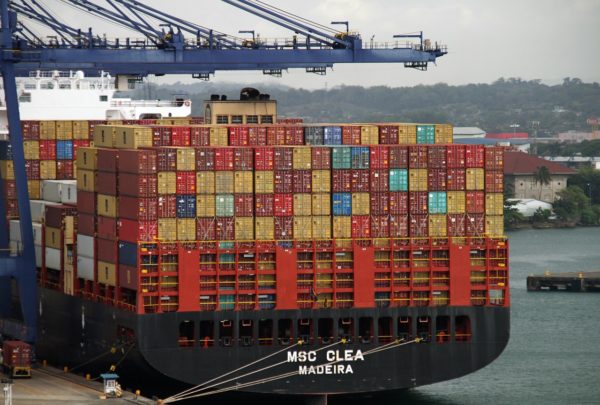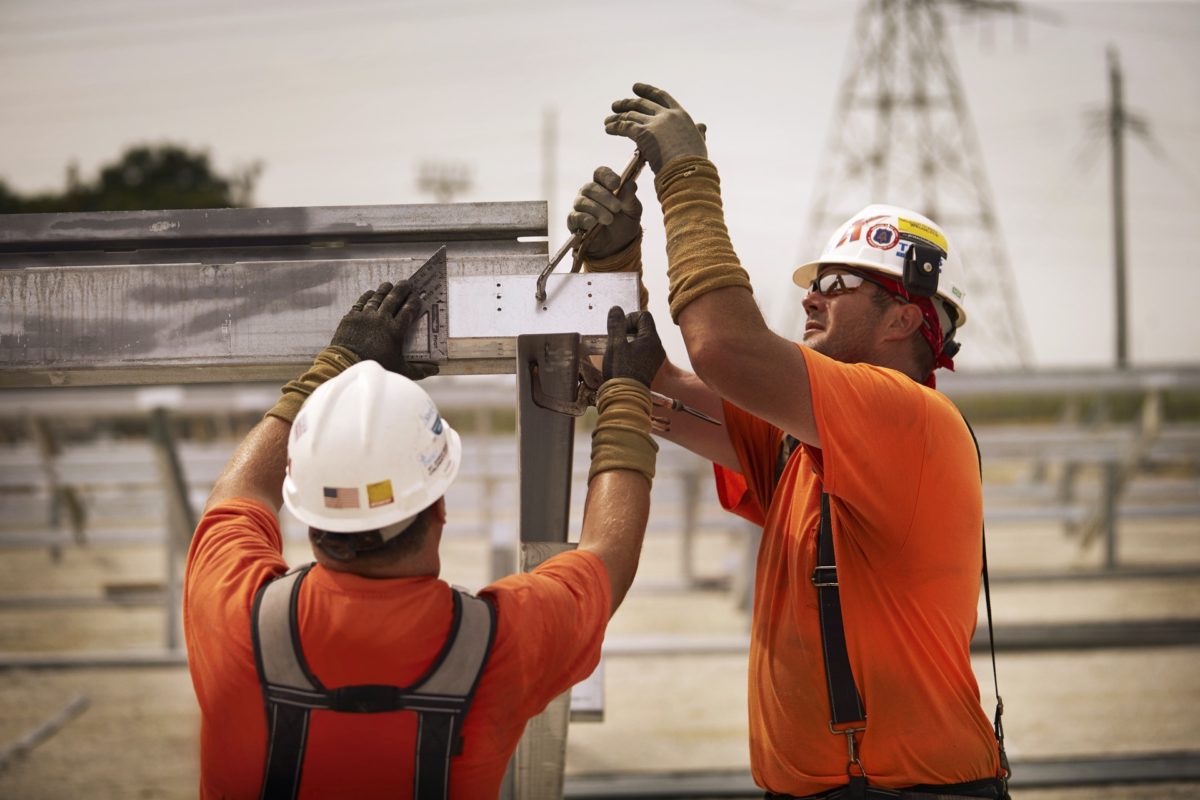The Center for American Progress (CAP) released an analysis that said the next decade presents the best opportunity to onshore supply chains, creating thousands of U.S. jobs, pursuing environmental and human well-being goals, and improving national resilience in times of global struggle.
Manufacturing is a boon to the economy; it supports local communities, often providing quality middle-class livelihoods for working people, said CAP. The 11 million manufacturing workers in the U.S. earn 13% more in hourly compensation than comparable workers in other industries, and have advantages in healthcare and retirement benefits, according to the Economic Policy Institute.
(Read: “Crossroads Solar: Panels made by former prison inmates“)
Manufacturing can have other impacts on the broader economy, as well. CAP said that the value of manufacturing when downstream outputs aren’t considered is about 11% of U.S. gross domestic product (GDP). Its value is closer to one-third of GDP when the downstream effect on other industries is included. For example, a domestically sourced solar module would support industries including metals sourcing, refining, component manufacturing, assembly, and final end-user sale.
Manufacturing is responsible for one-third of global GHG emissions, and iron and steel production alone produces about 11% of emissions, said CAP. China accounts for more than half of the world’s steel production, and it produces the metal with upwards of double the emissions intensity of U.S.-made steel.
National and economic security

Image: Max Pixel
CAP said onshoring renewable energy supply chains comes with national security benefits to the U.S. The Covid-19 pandemic exposed some of the risks to health and well-being of U.S. citizens created by “just-in-time” supply chains. While current global goods sourcing methods have cost advantages in ordinary times, they have proven fragile and unreliable in times of global struggle.
(Read: “Recycling: a key in the U.S. quest for lithium-ion battery supply chain relevancy”)
If renewable energy supply chains remain concentrated in foreign jurisdictions, policymakers will face a choice between improving U.S. energy sustainability and tying the U.S. economy to foreign influence and coercion.
Federal policy for solar growth
The CAP analysis suggested that federal policy is one lever that can be used to activate U.S. domestic renewable supply chain growth. The recently introduced Clean Energy for America Act sets a 30% tax credit for investments in renewable energy facilities or electric grid improvements. Qualifying facilities in disadvantaged communities could increase the credit to 40%.
To support U.S. sourcing, a domestic content credit under the act would increase the tax credit by an additional 10% of the total investment. “Domestically made” means at least 55% of the total cost of the components can be attributed to domestically produced items.
And, developers that are unable to take advantage of the tax credit due to limited tax liability can receive a direct cash payment, with the caveat that they must be “domestically made” to qualify for this payment type.
The strategy is new in that it incentivizes onshoring through the tax code, rather than by setting public procurement requirements. It also extends incentives to private actors, unlike the Buy American Act, which only applies to federal agencies and their contractors. CAP said by guiding private markets, the credit has the potential to influence the renewable energy sector to move toward domestic sourcing in a way that was only previously possible for industries that heavily depend on federal contracts, like aerospace and defense.
This content is protected by copyright and may not be reused. If you want to cooperate with us and would like to reuse some of our content, please contact: editors@pv-magazine.com.









By submitting this form you agree to pv magazine using your data for the purposes of publishing your comment.
Your personal data will only be disclosed or otherwise transmitted to third parties for the purposes of spam filtering or if this is necessary for technical maintenance of the website. Any other transfer to third parties will not take place unless this is justified on the basis of applicable data protection regulations or if pv magazine is legally obliged to do so.
You may revoke this consent at any time with effect for the future, in which case your personal data will be deleted immediately. Otherwise, your data will be deleted if pv magazine has processed your request or the purpose of data storage is fulfilled.
Further information on data privacy can be found in our Data Protection Policy.